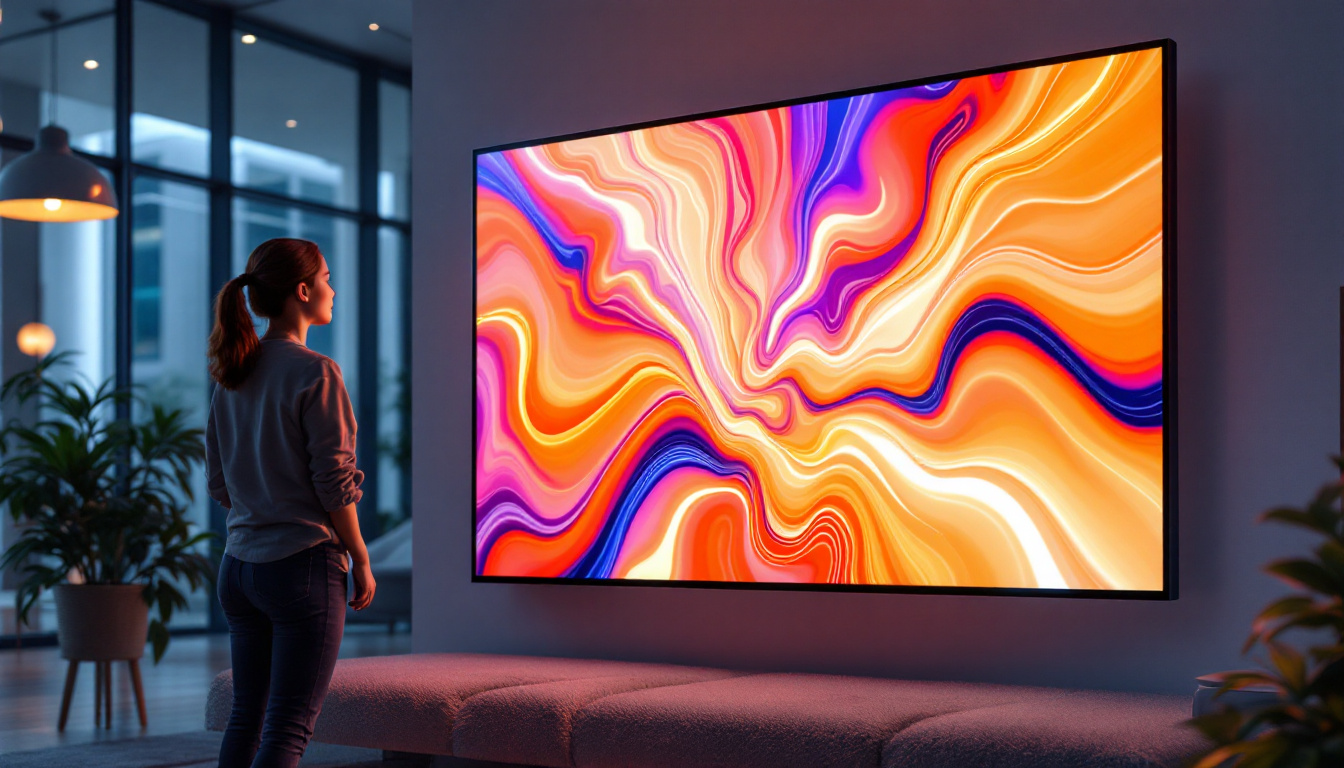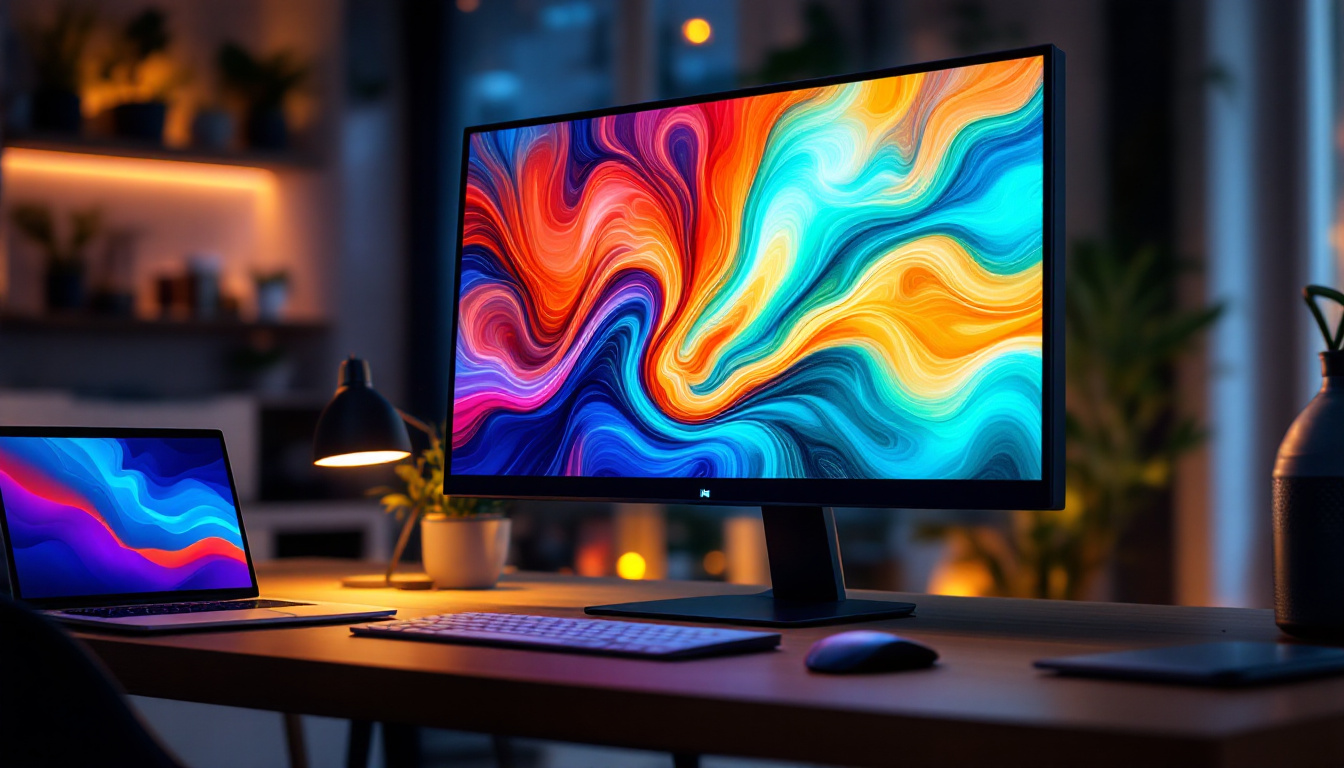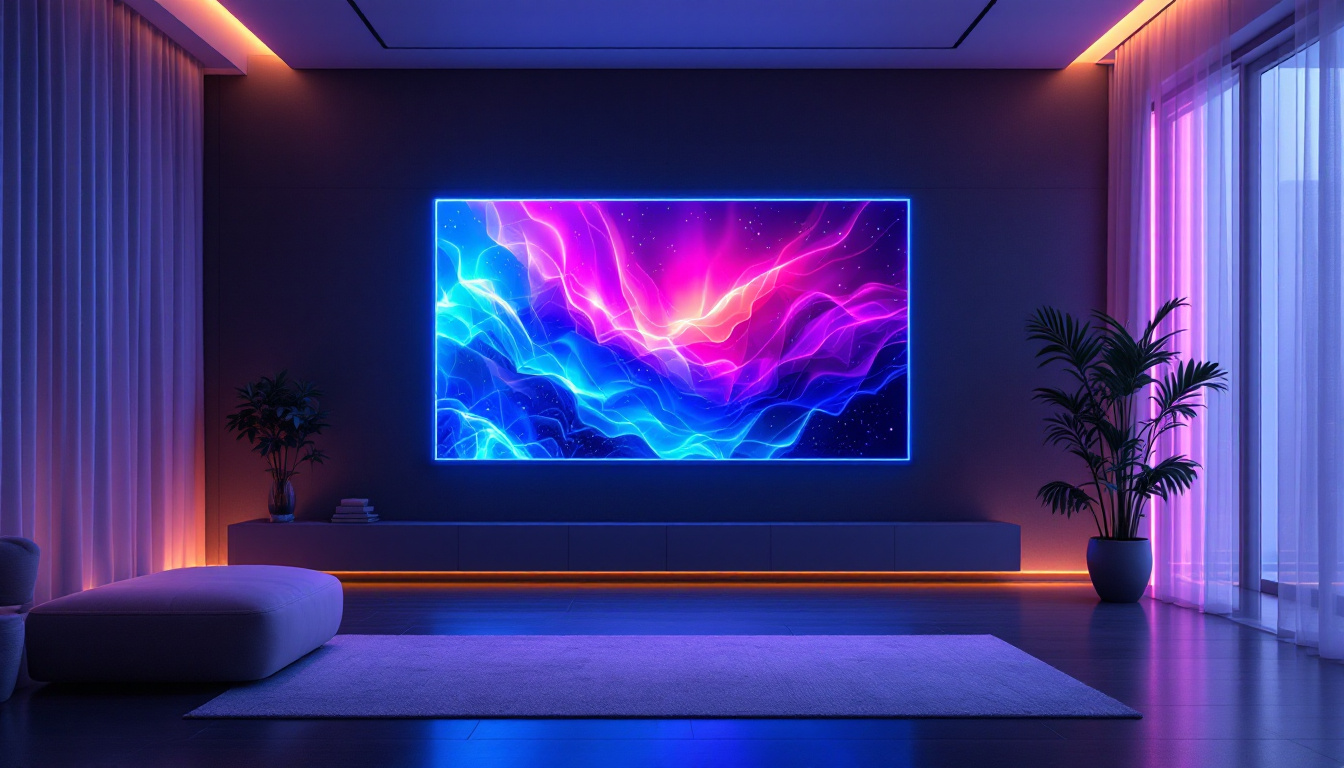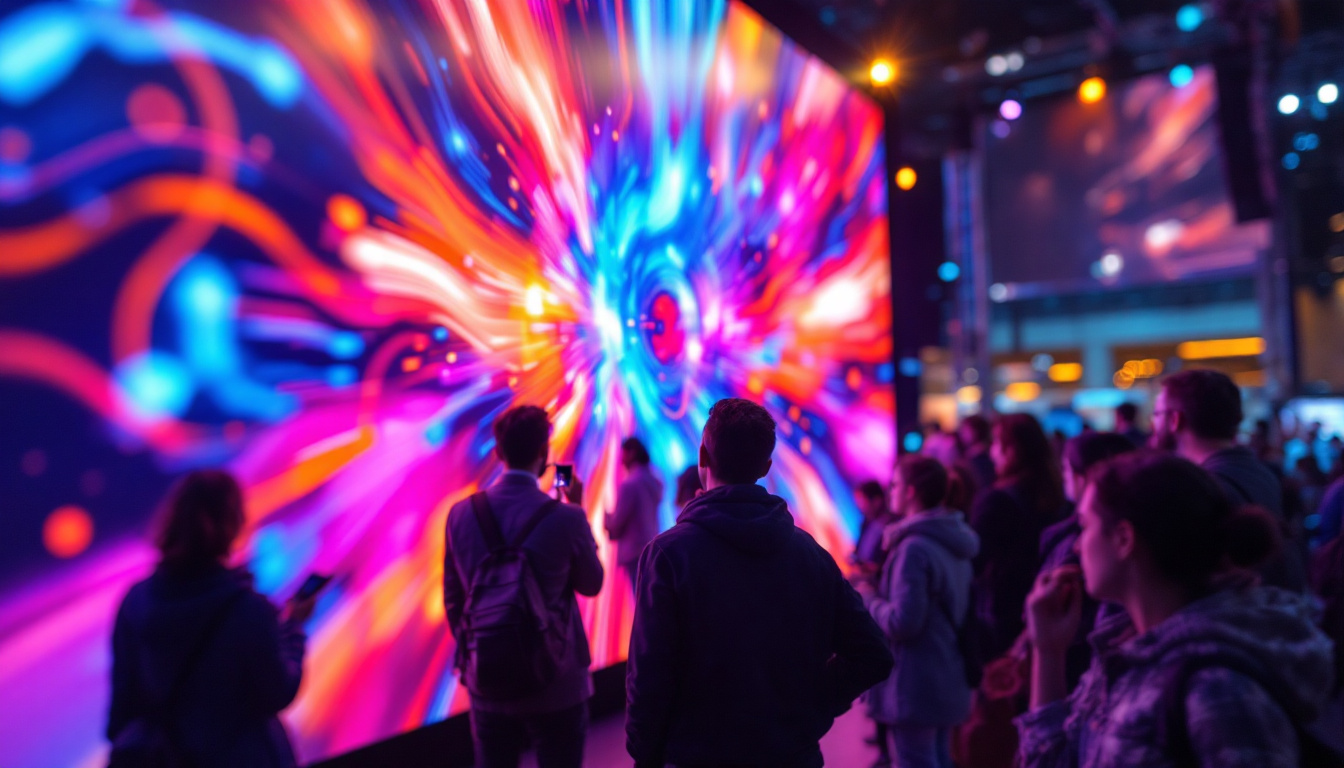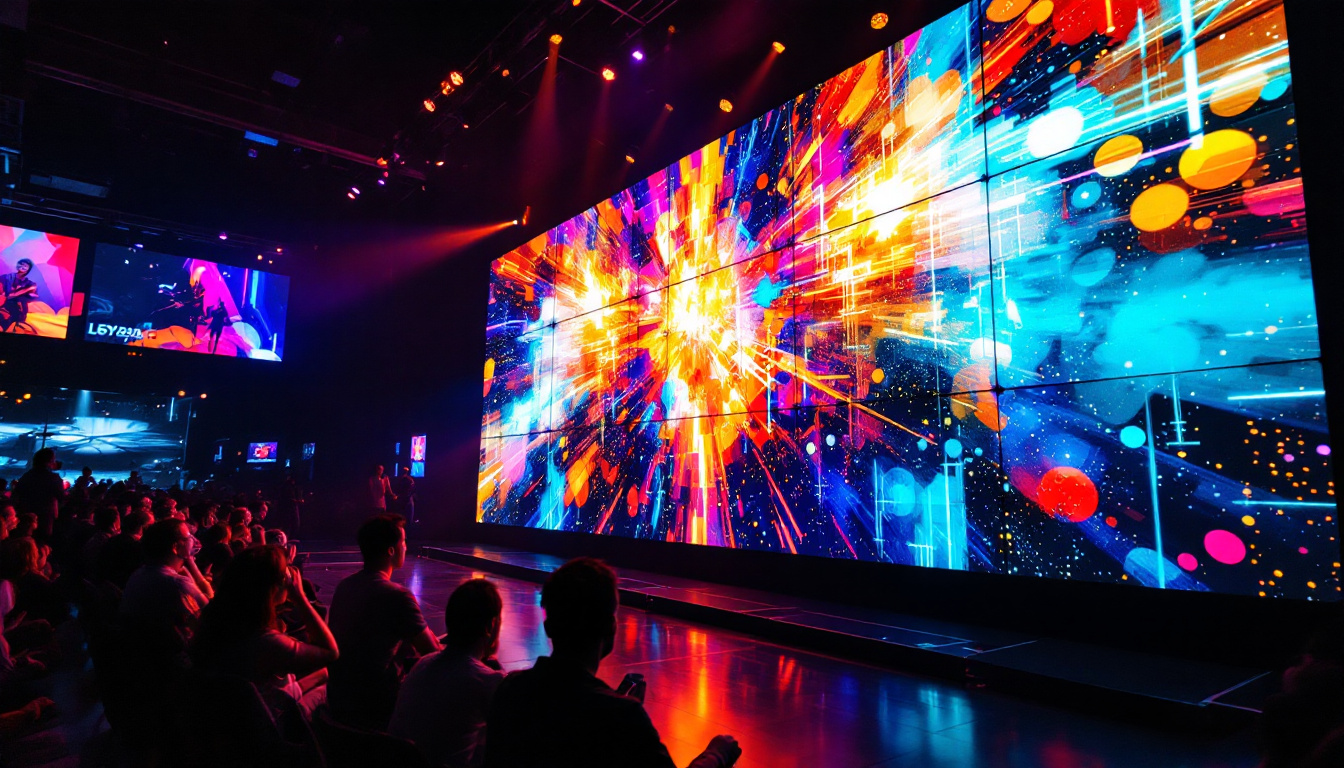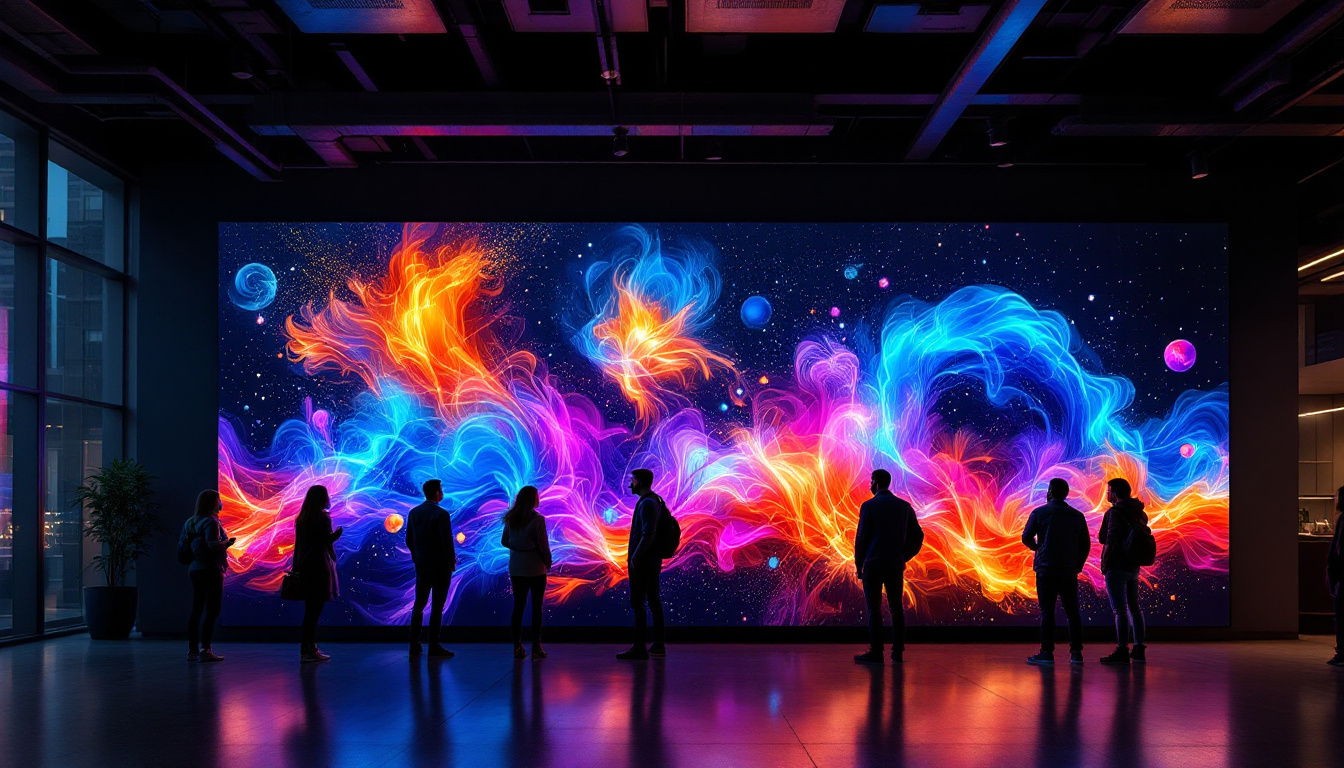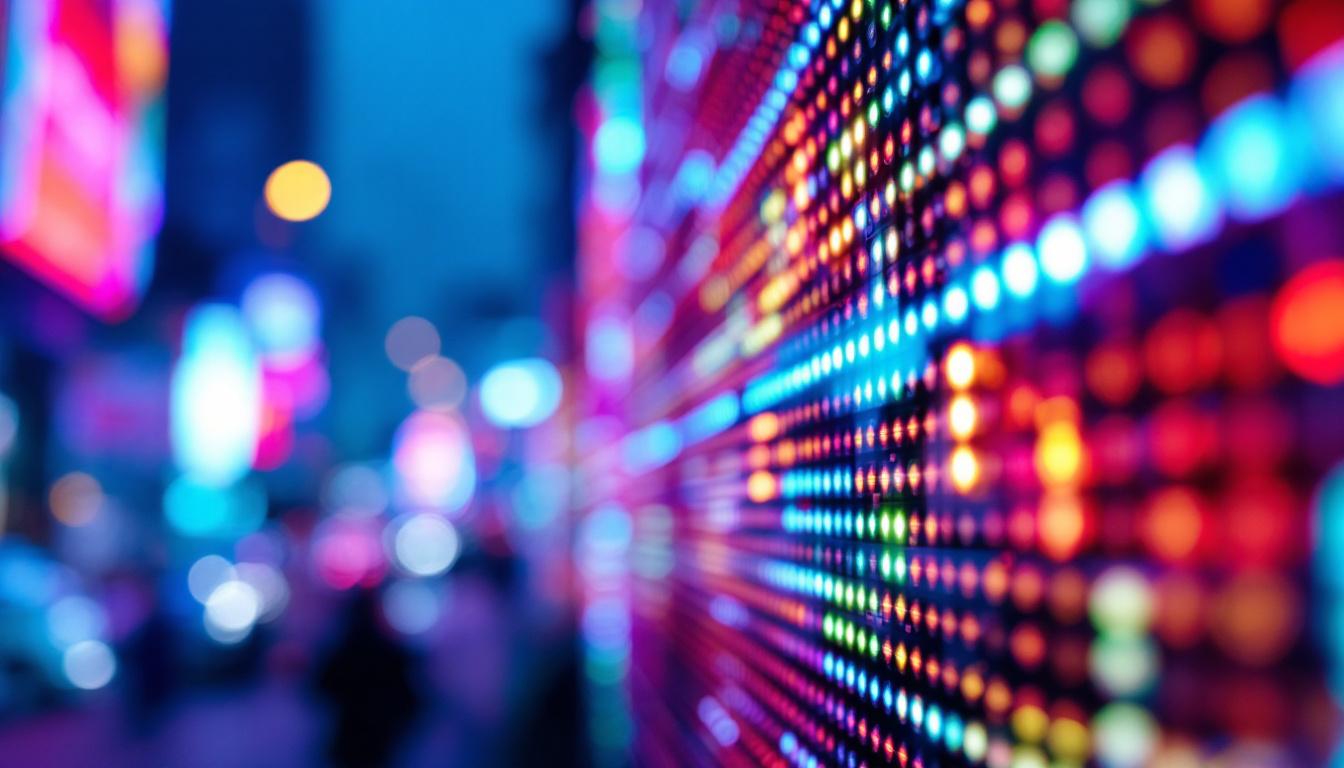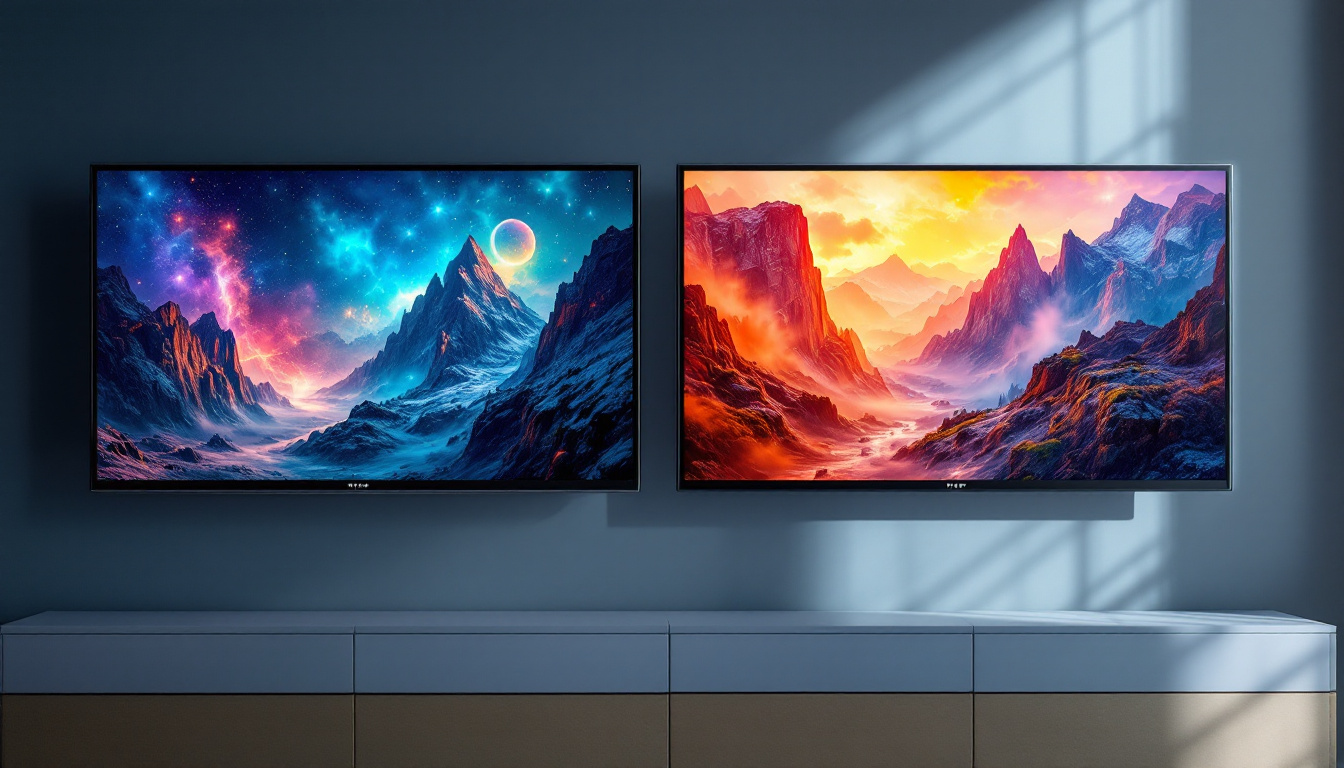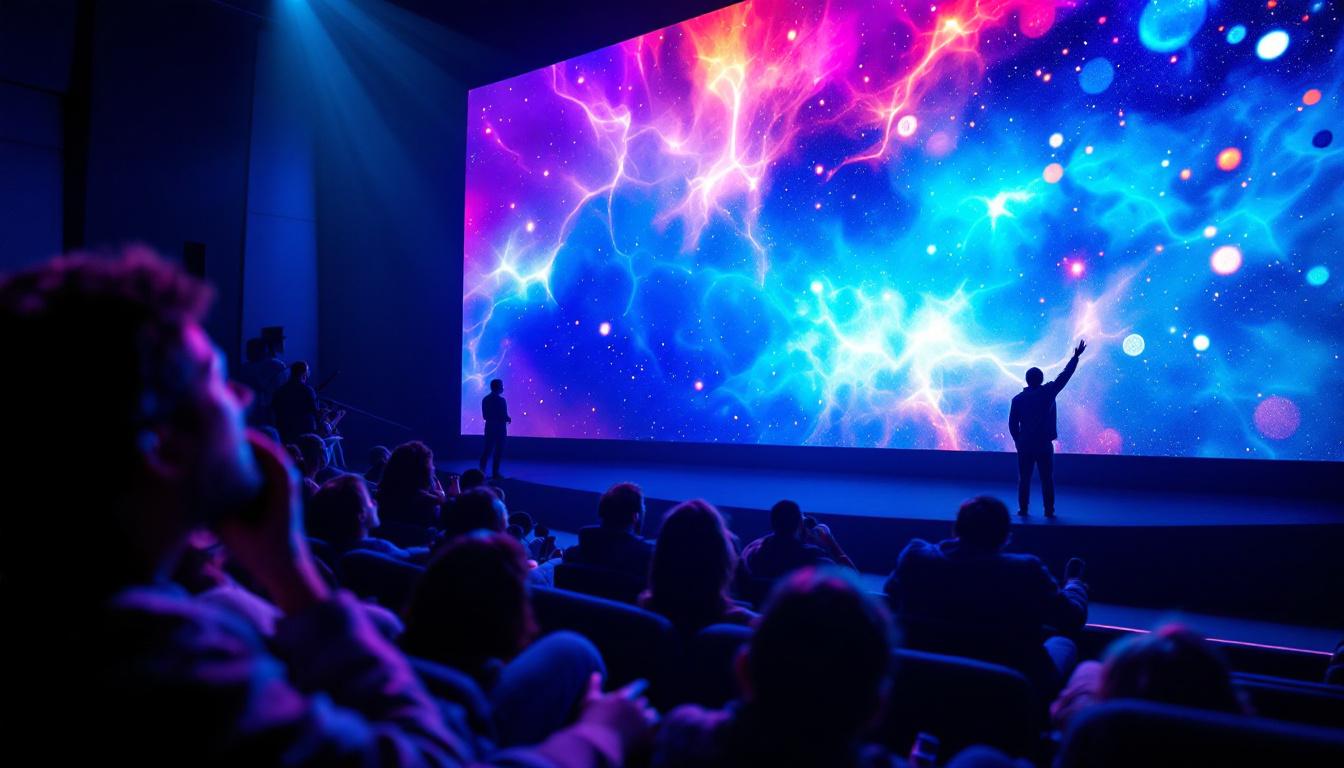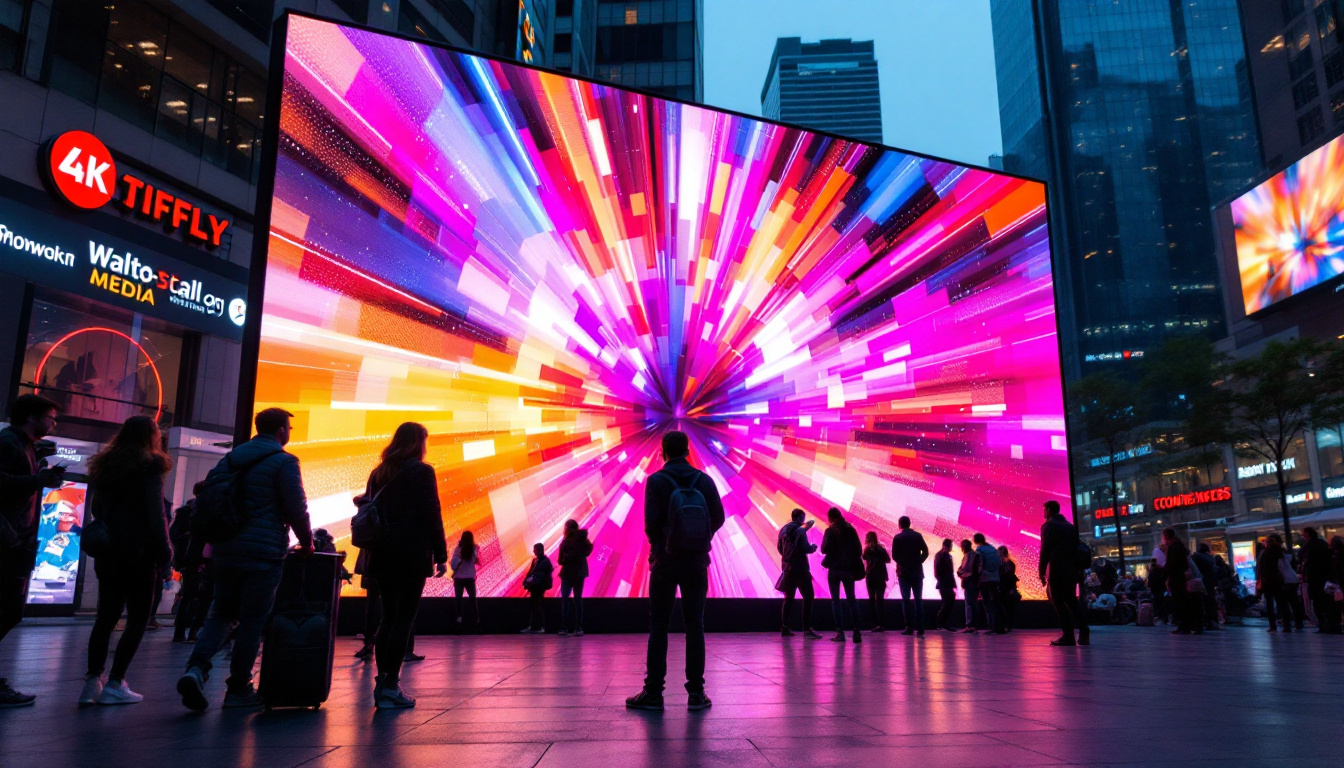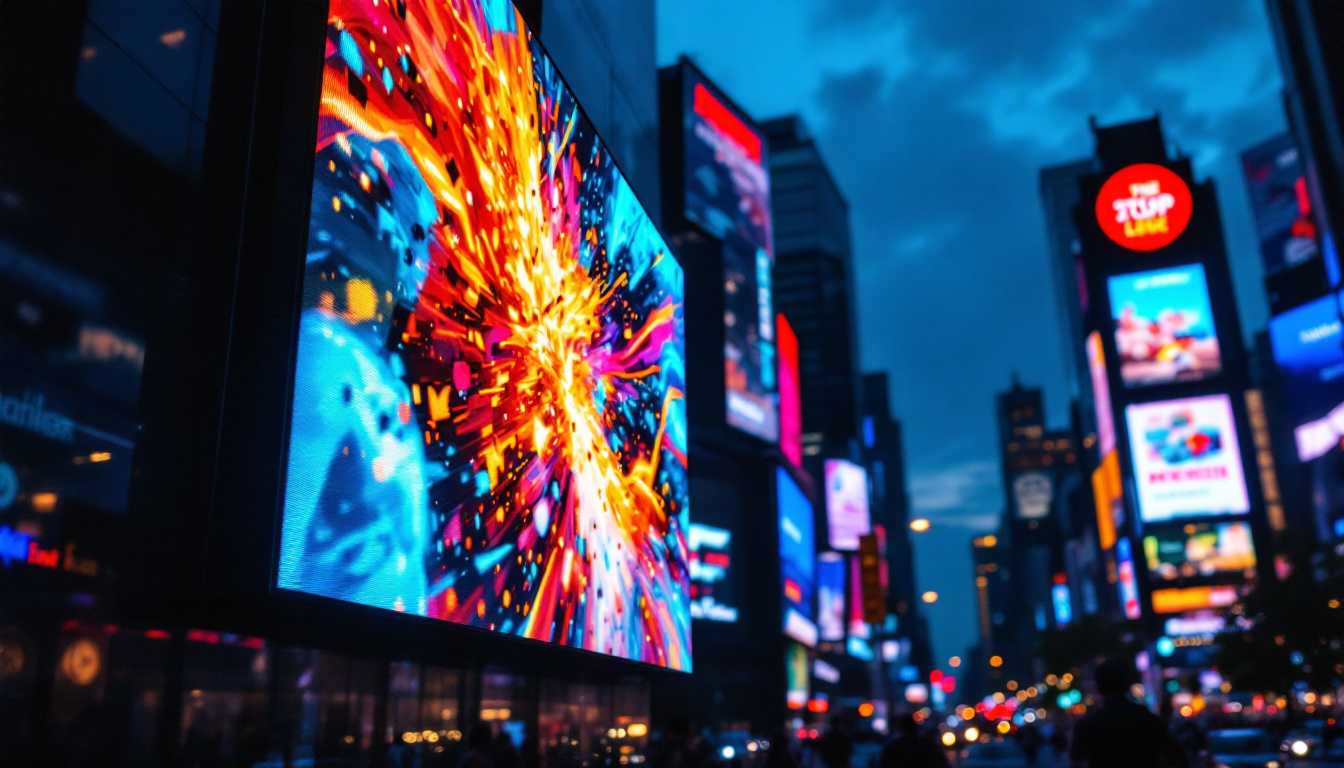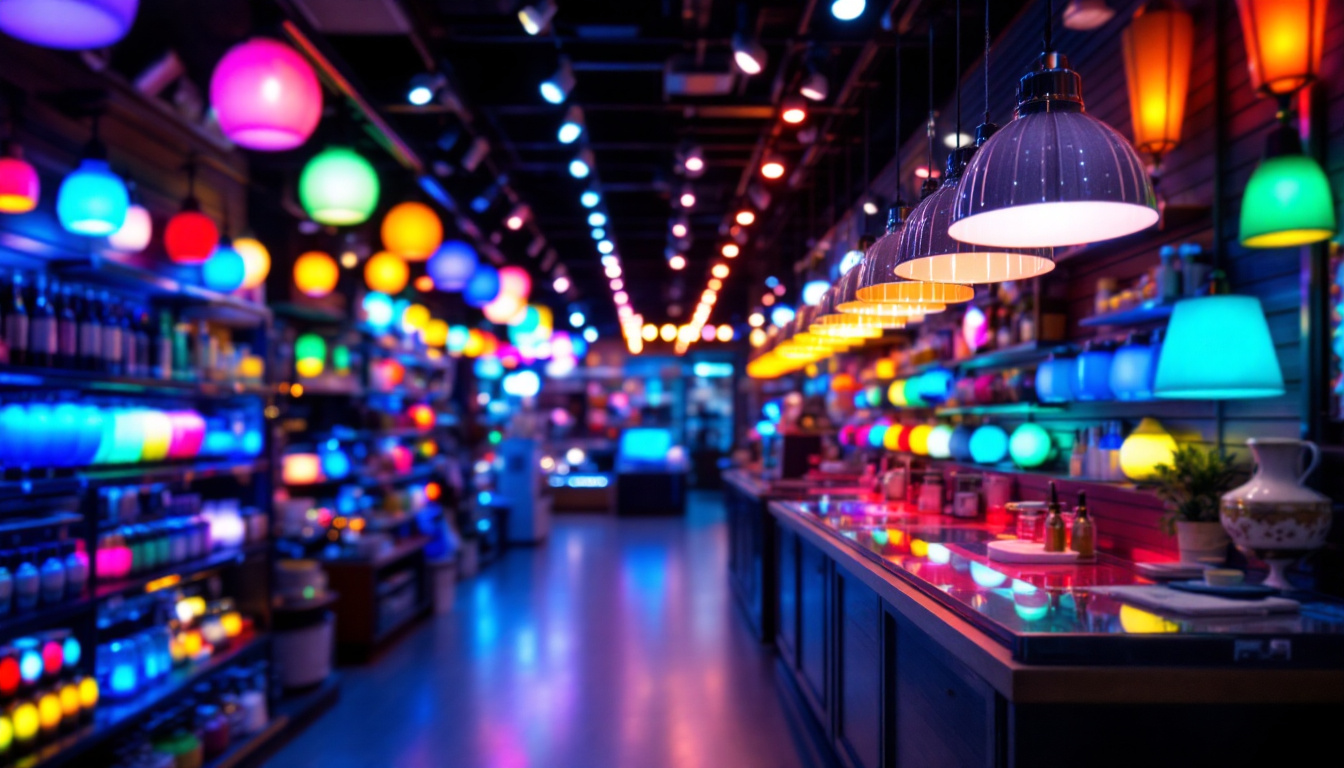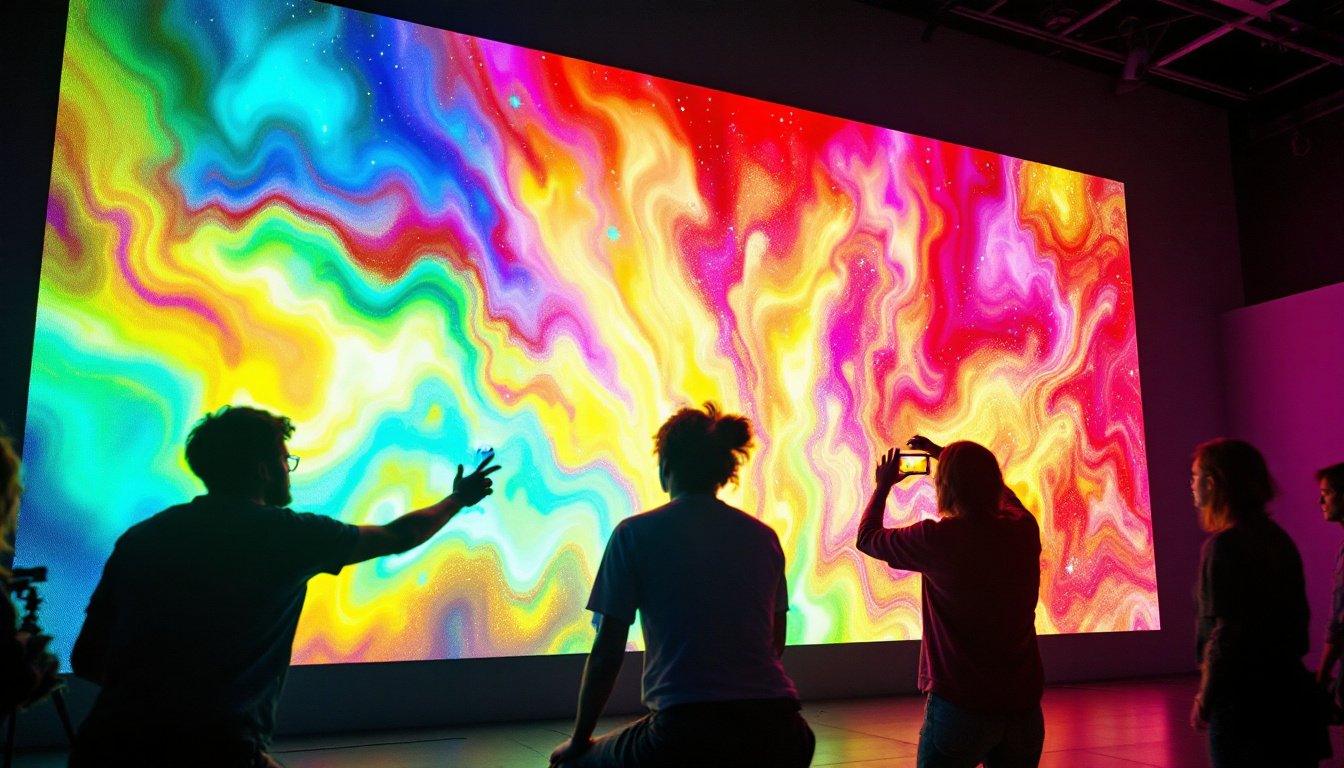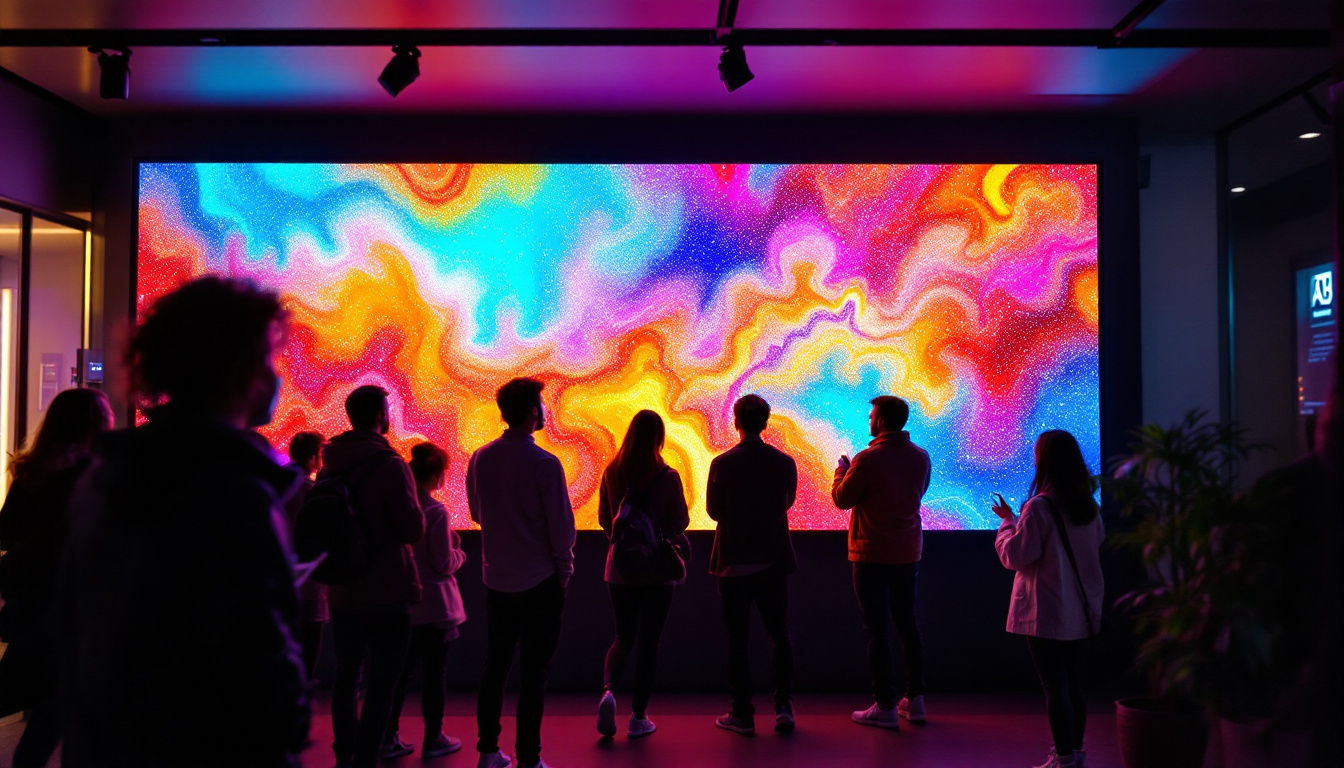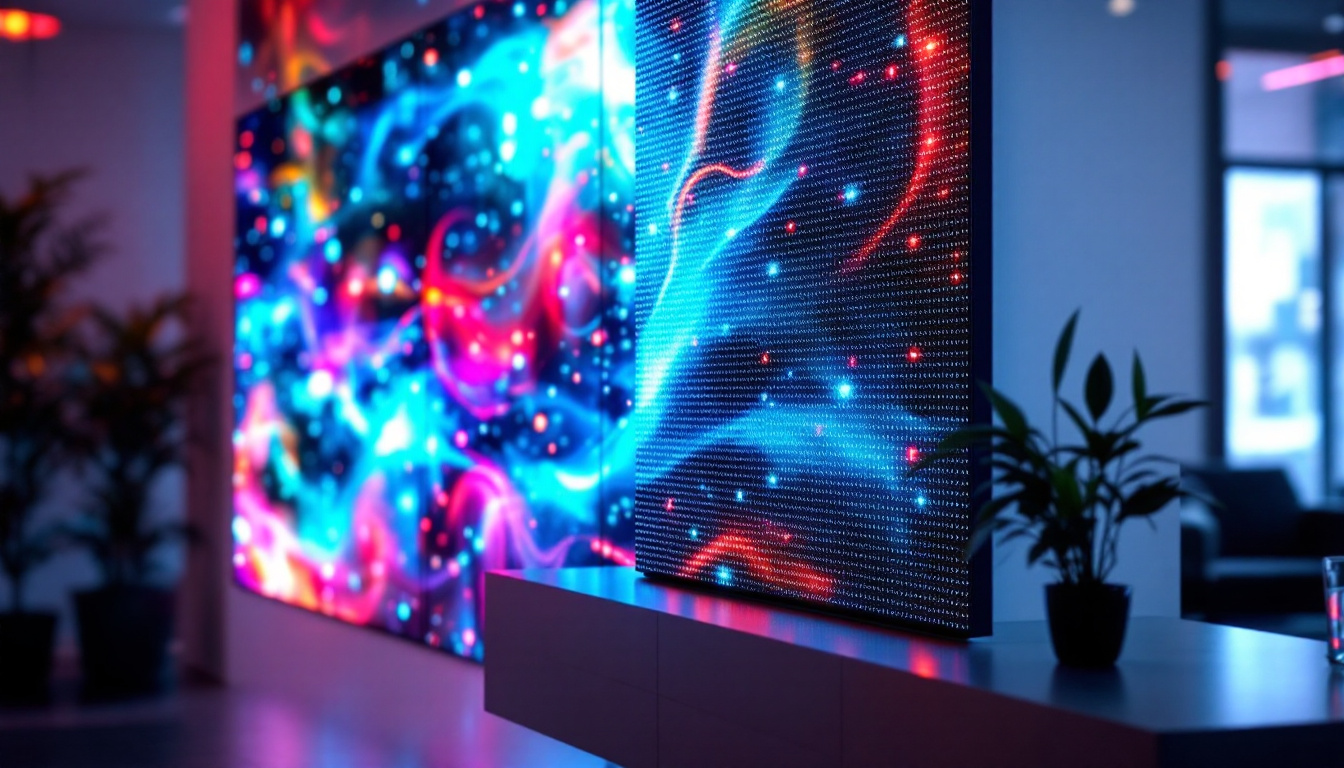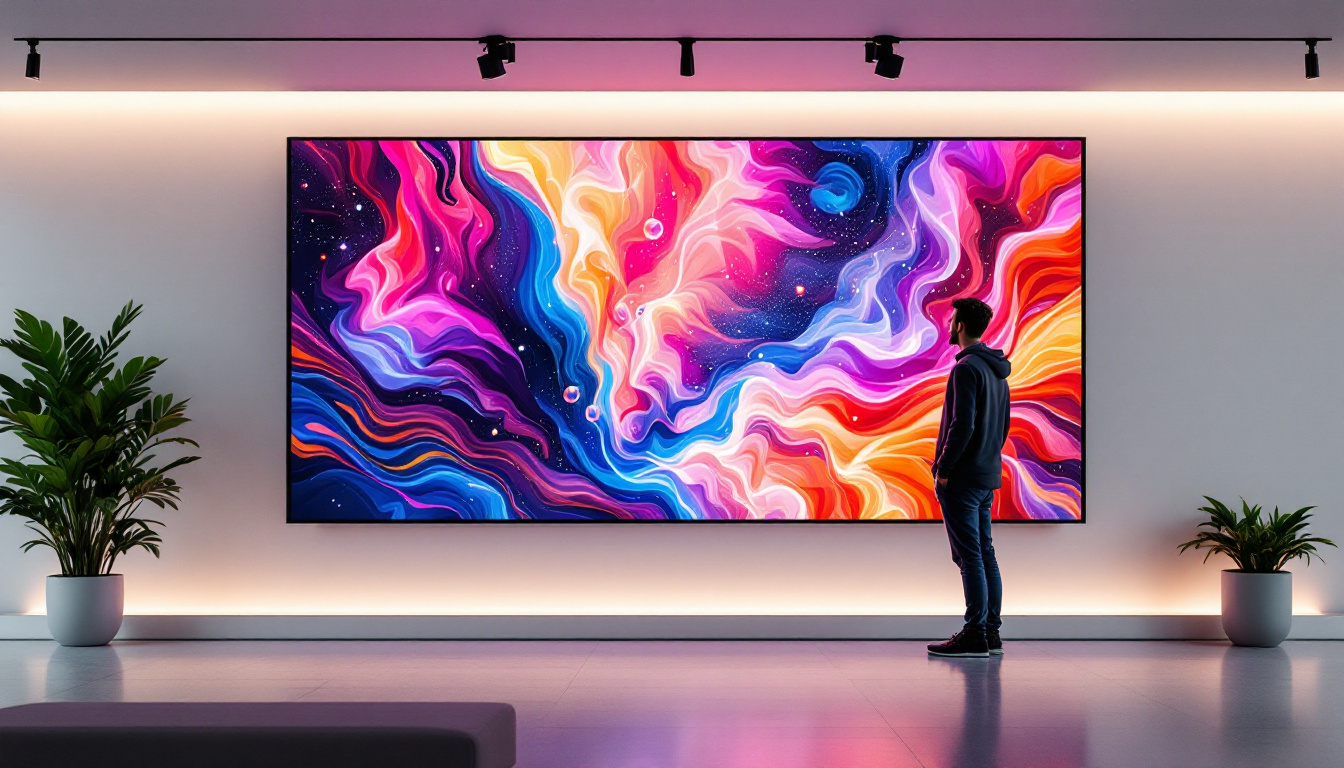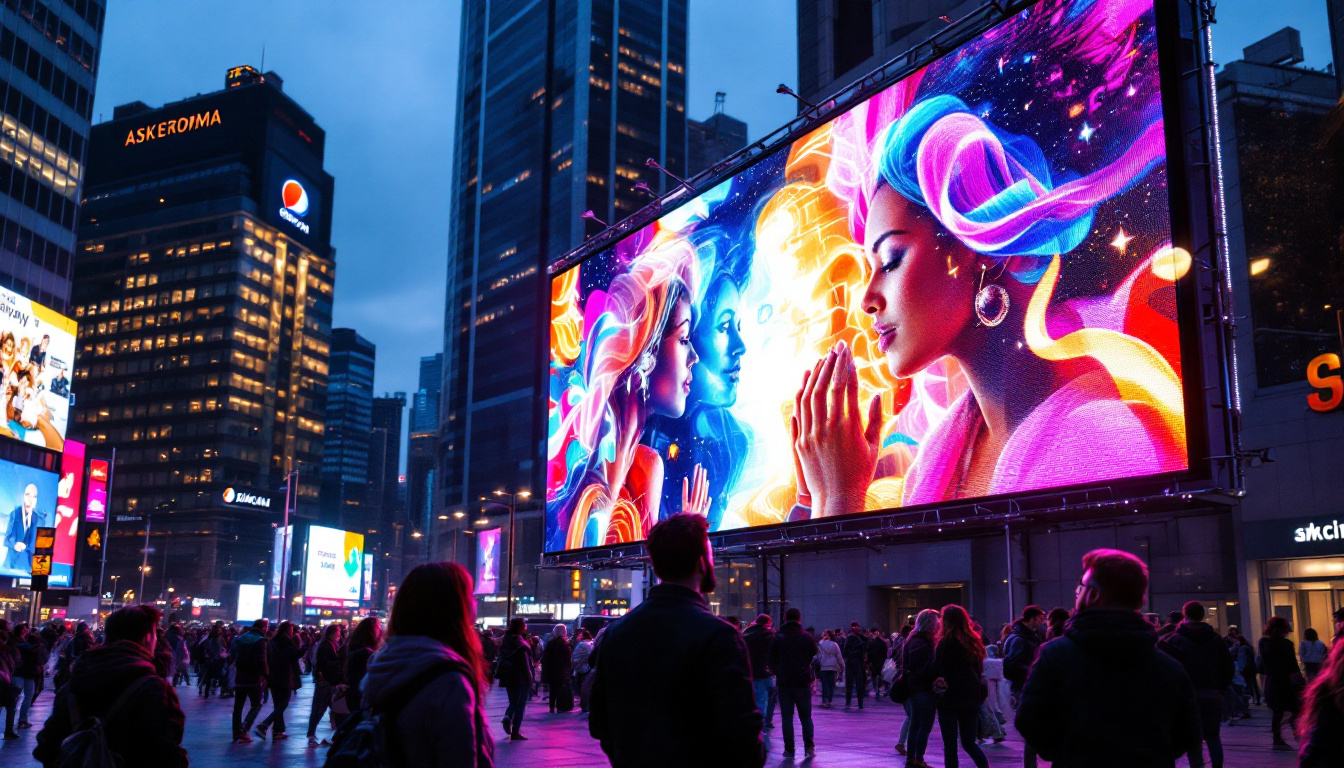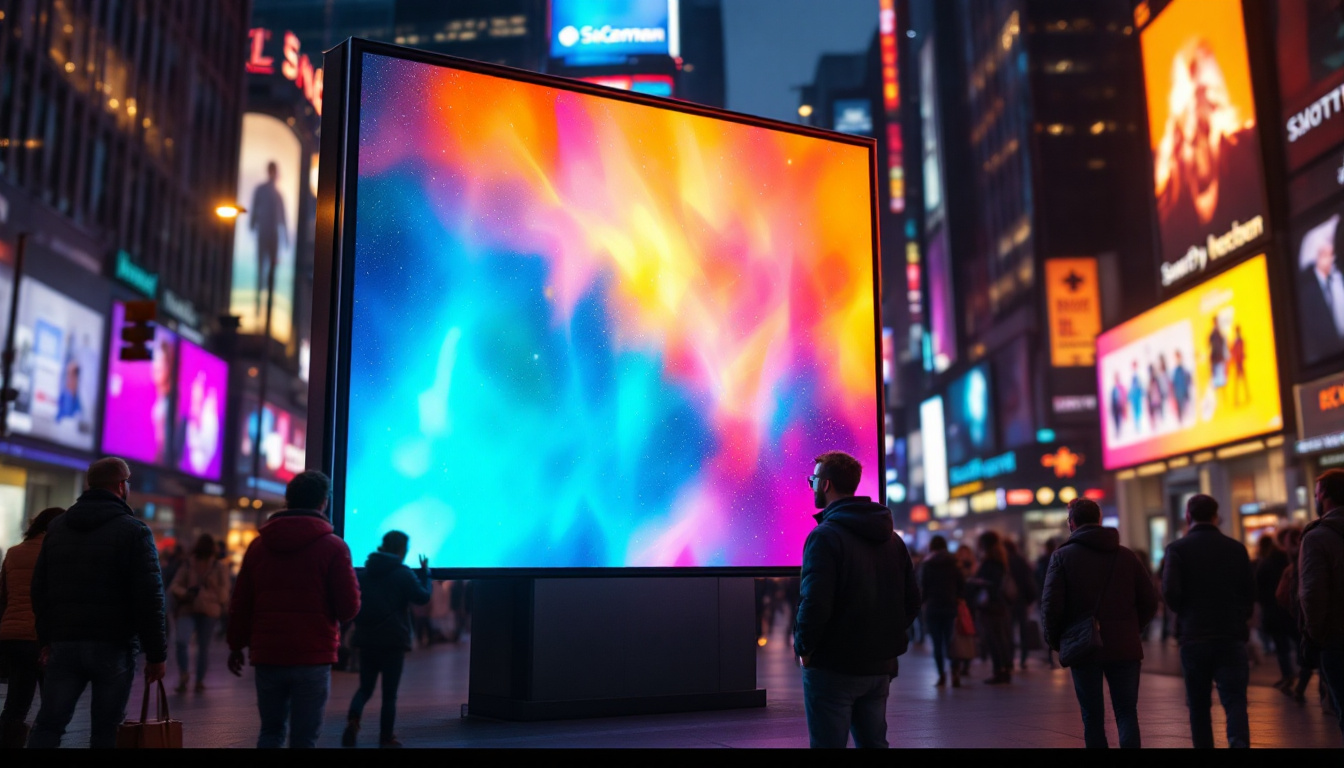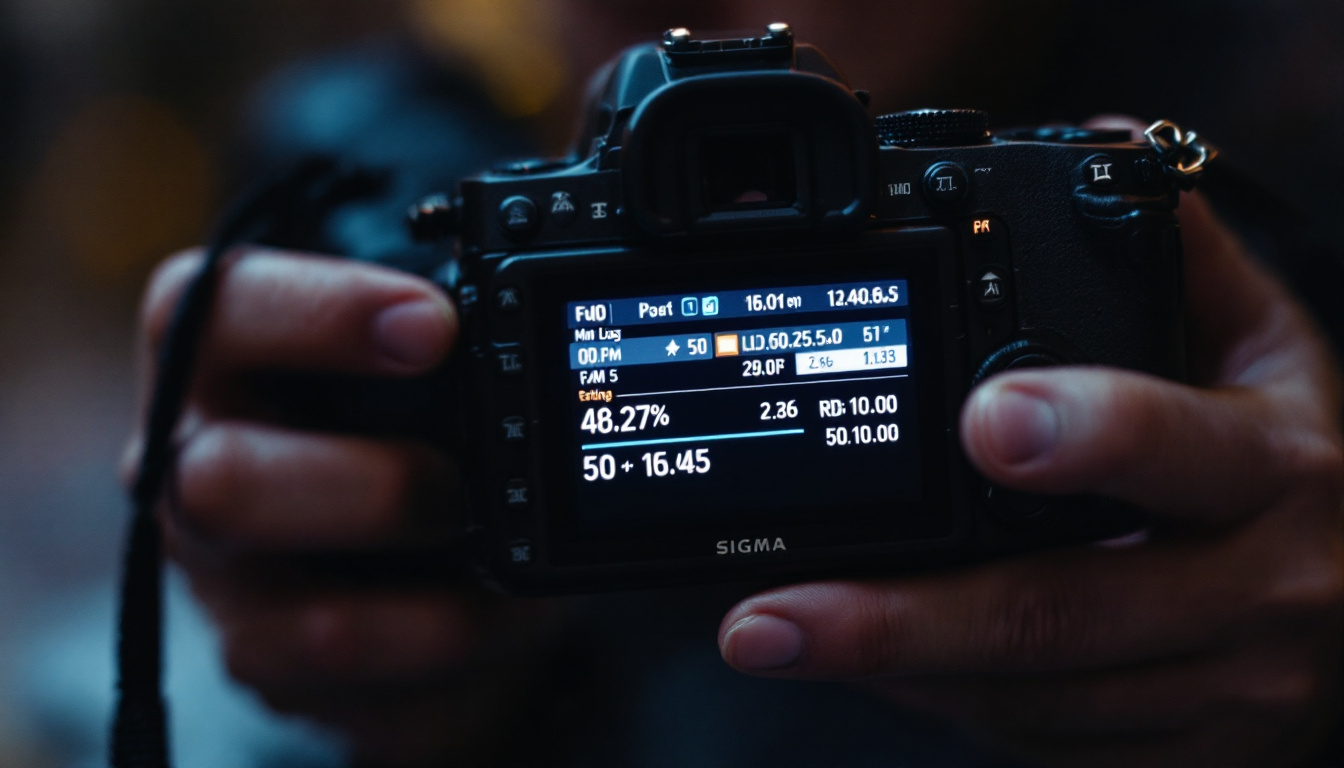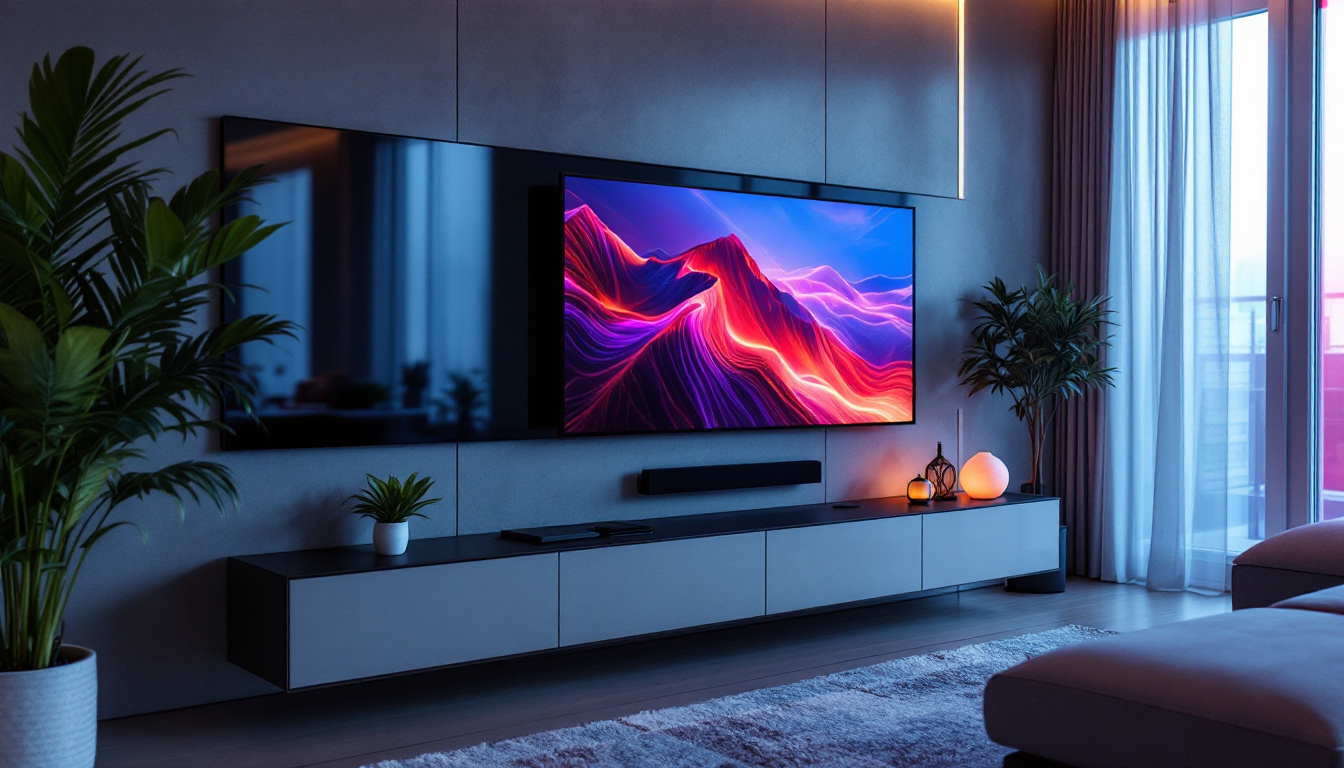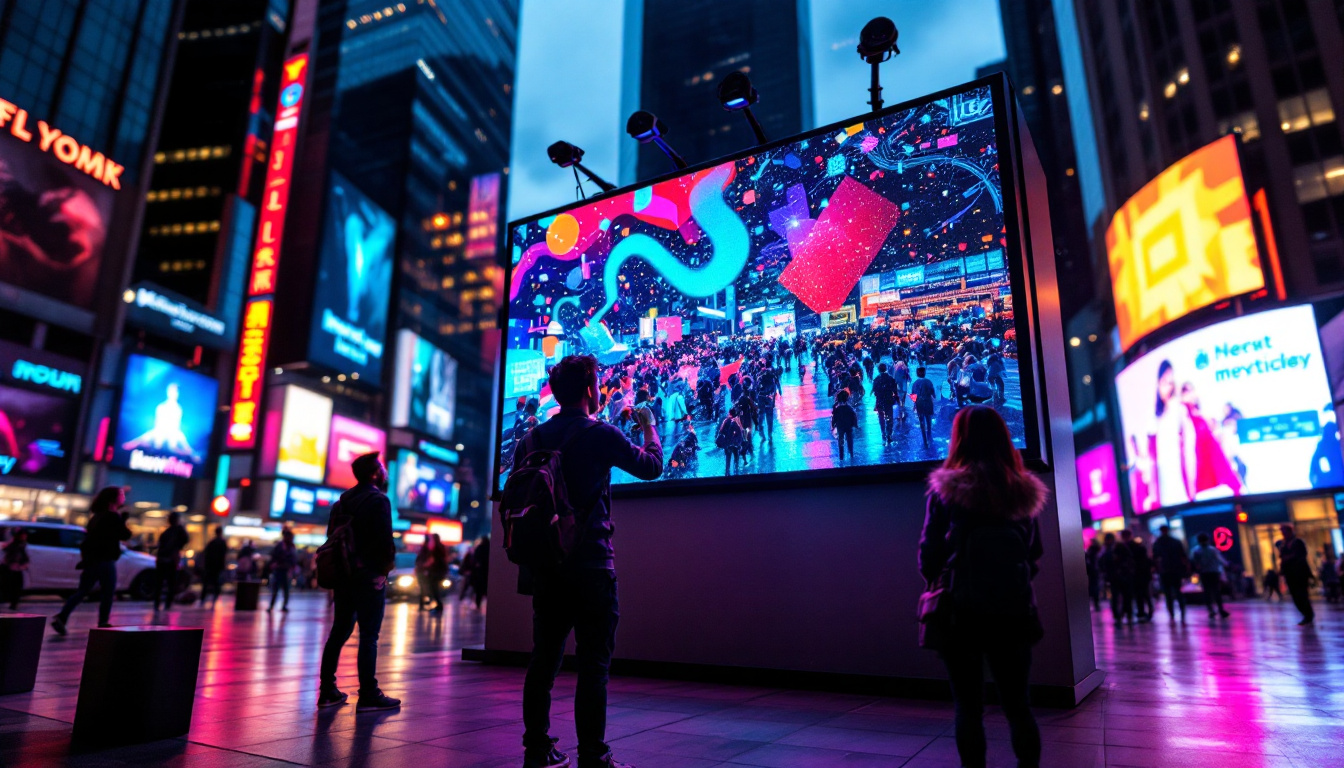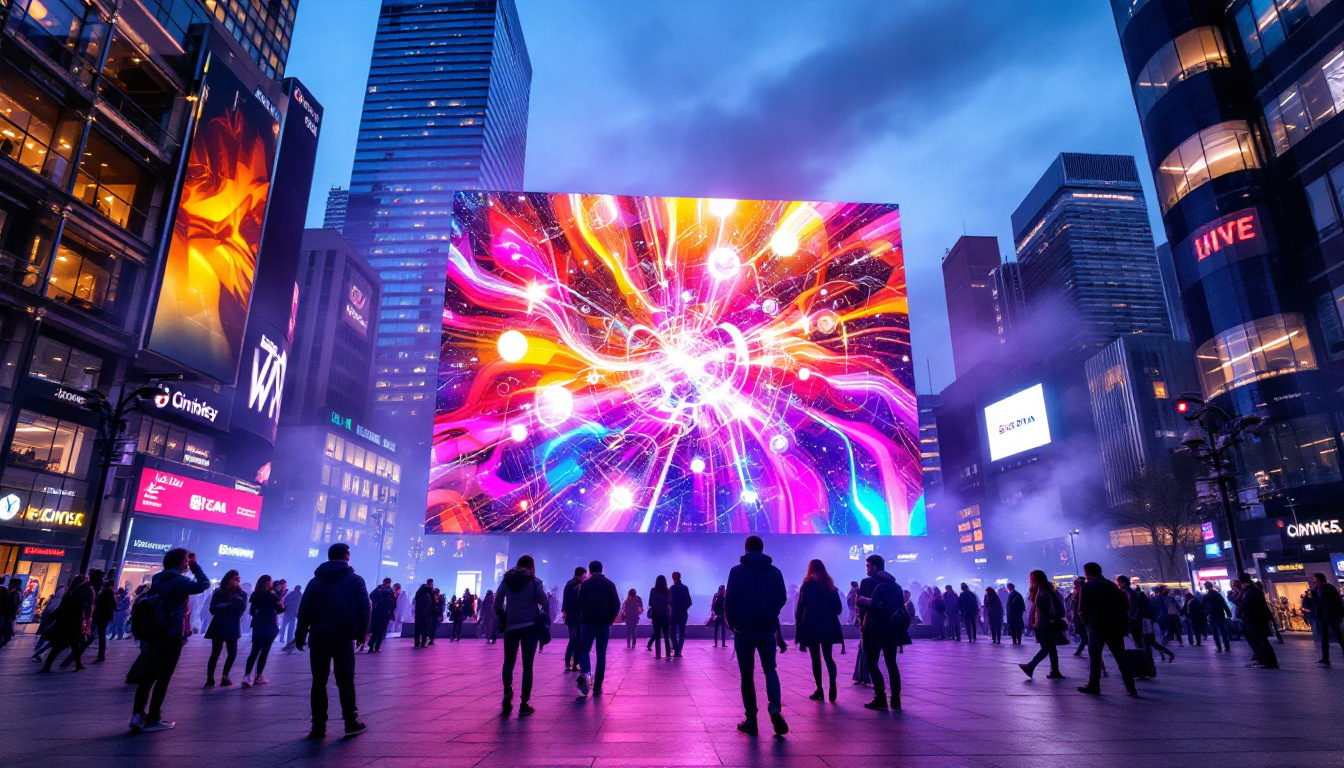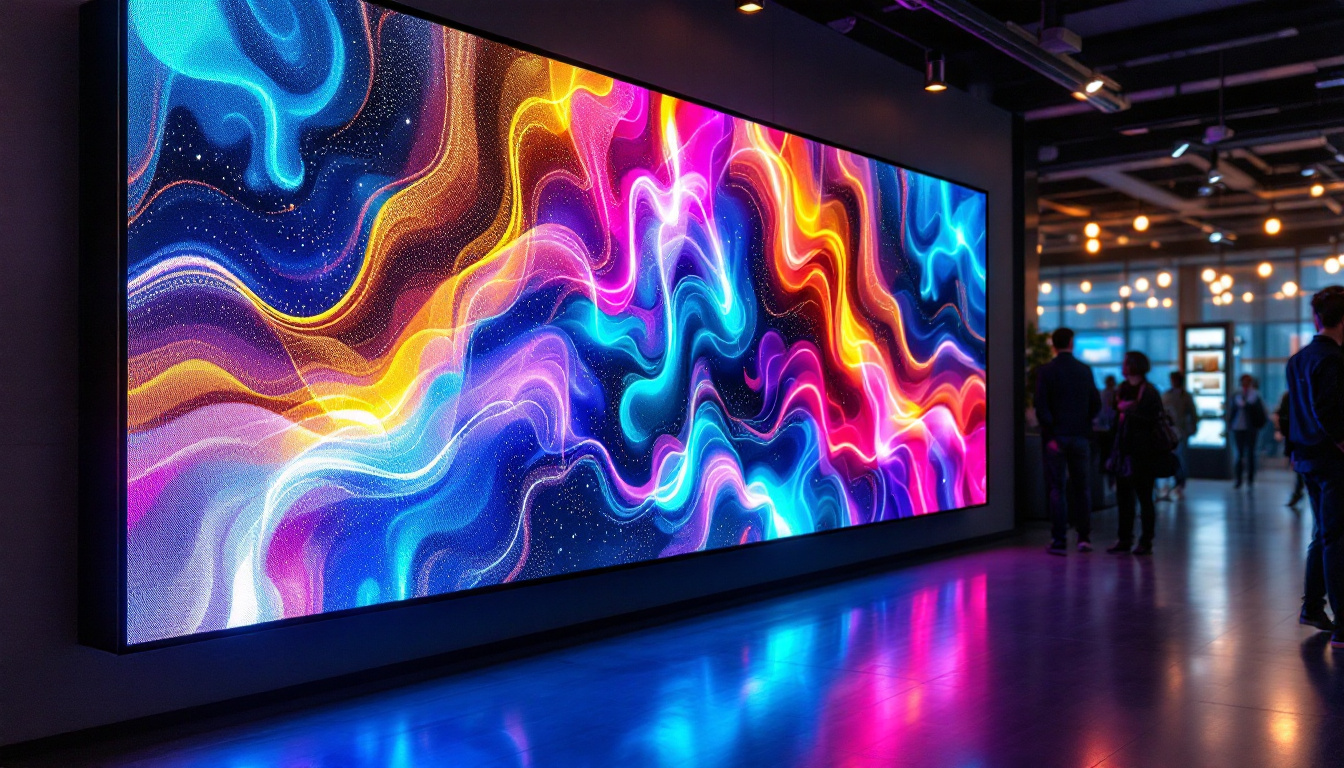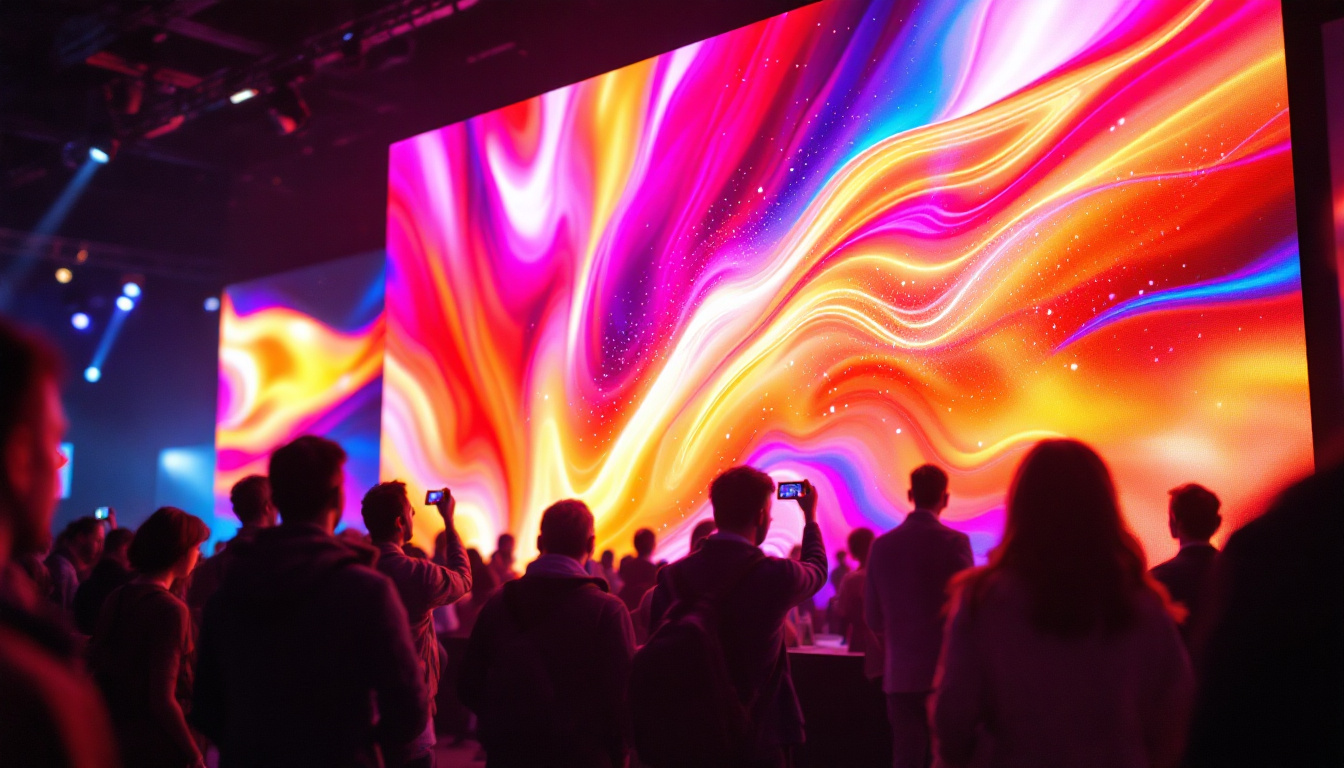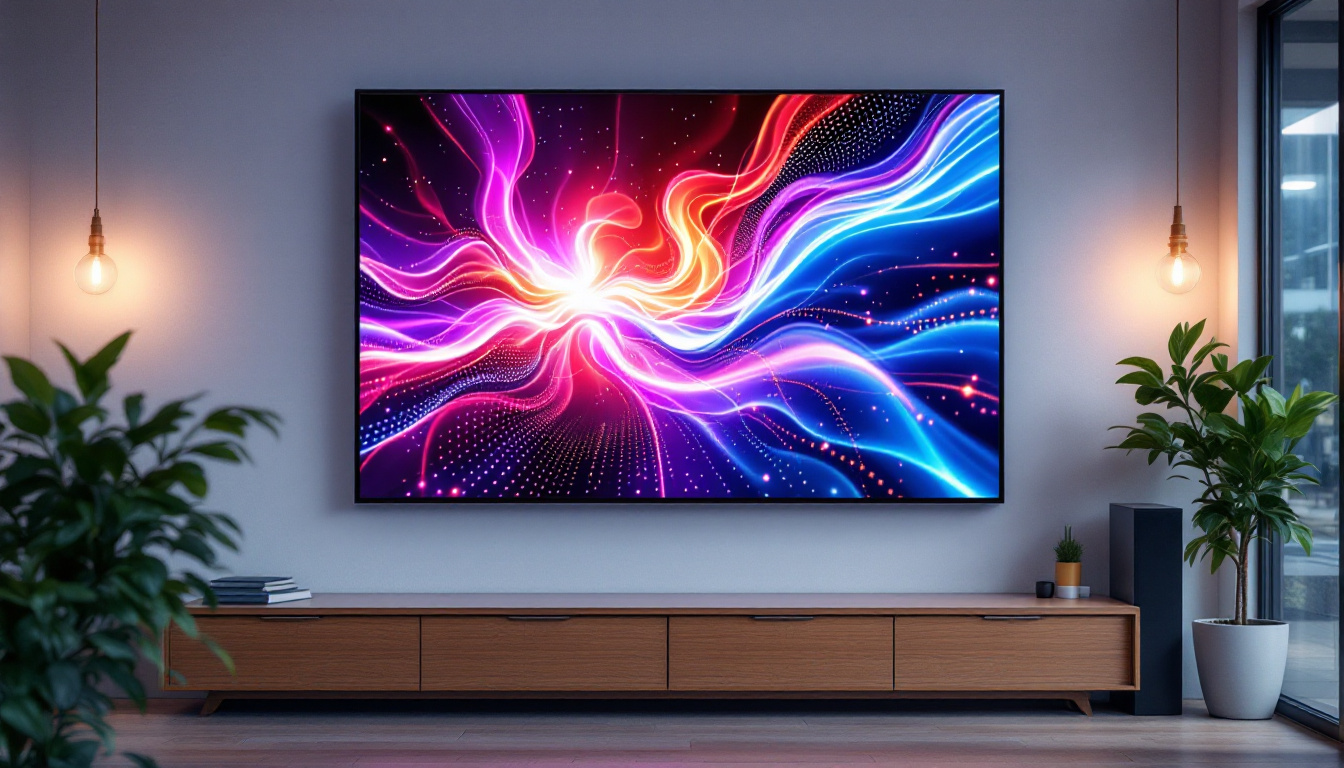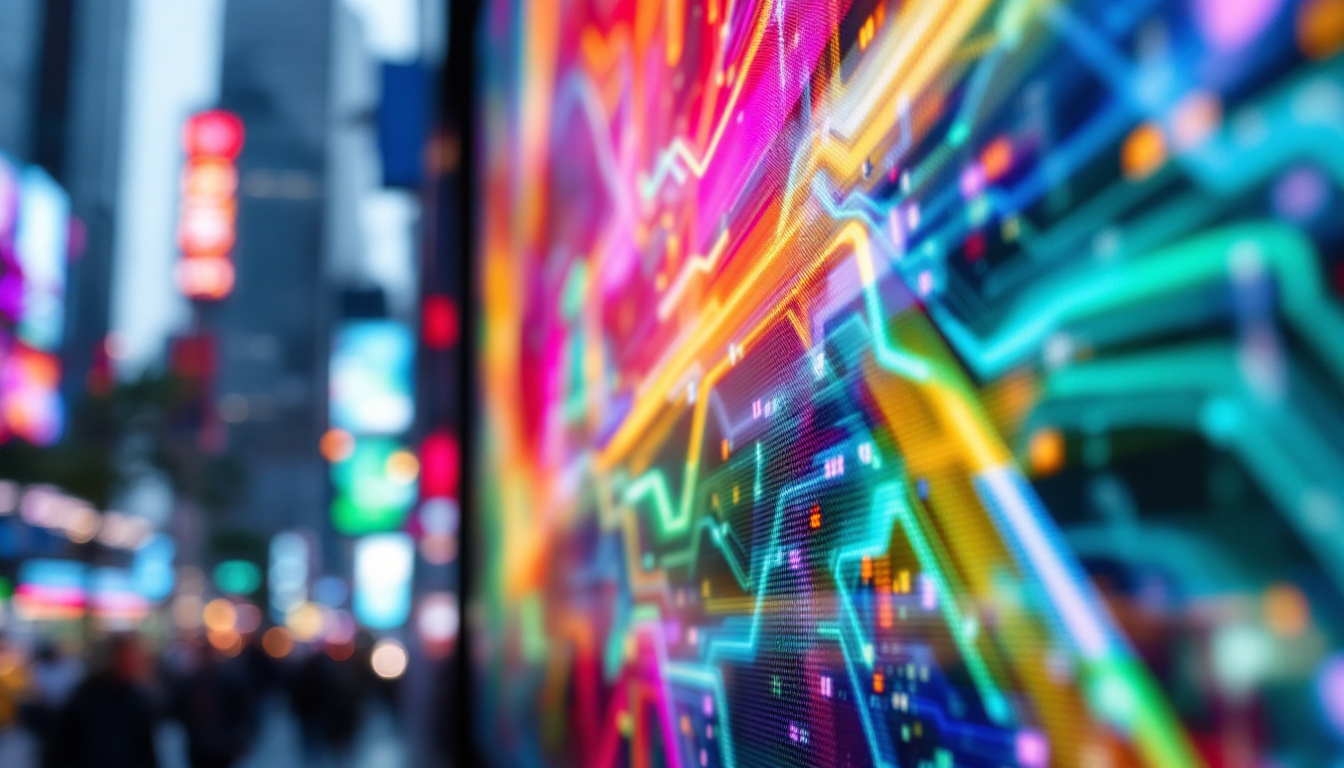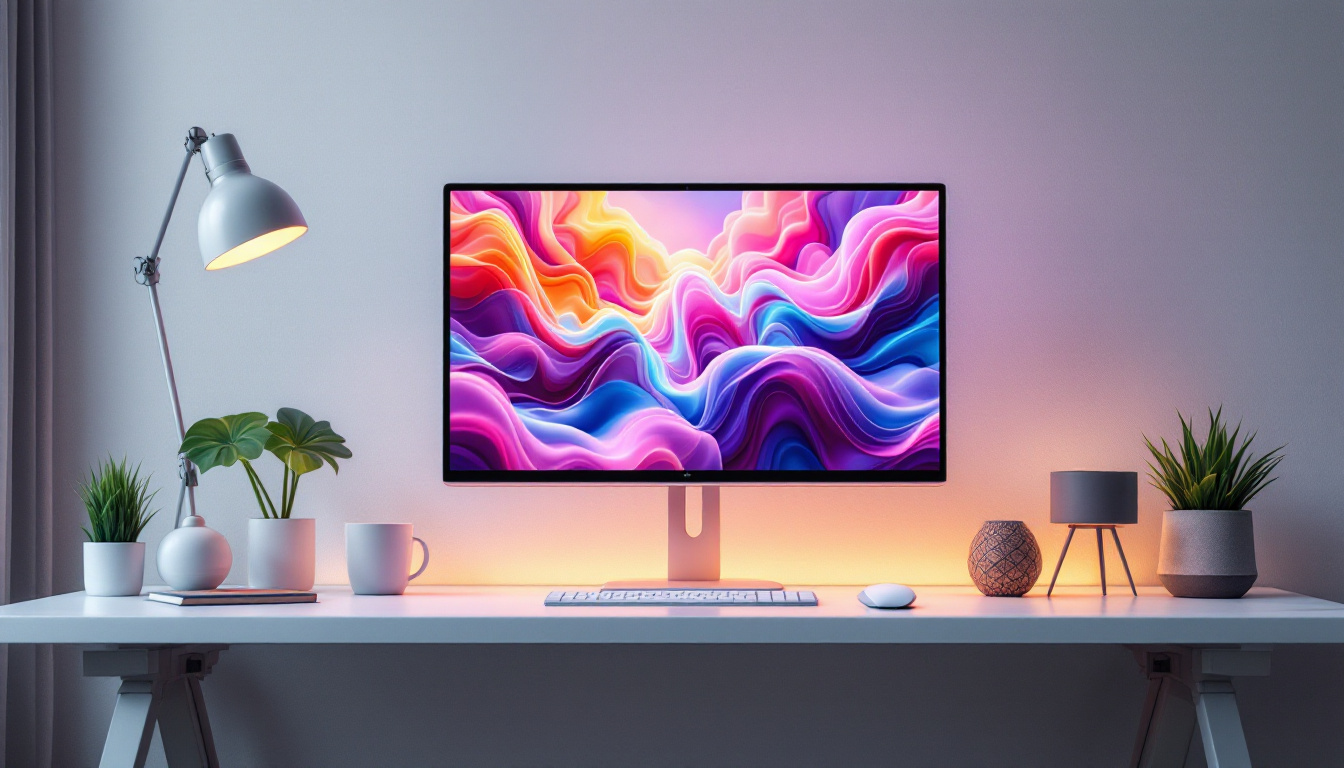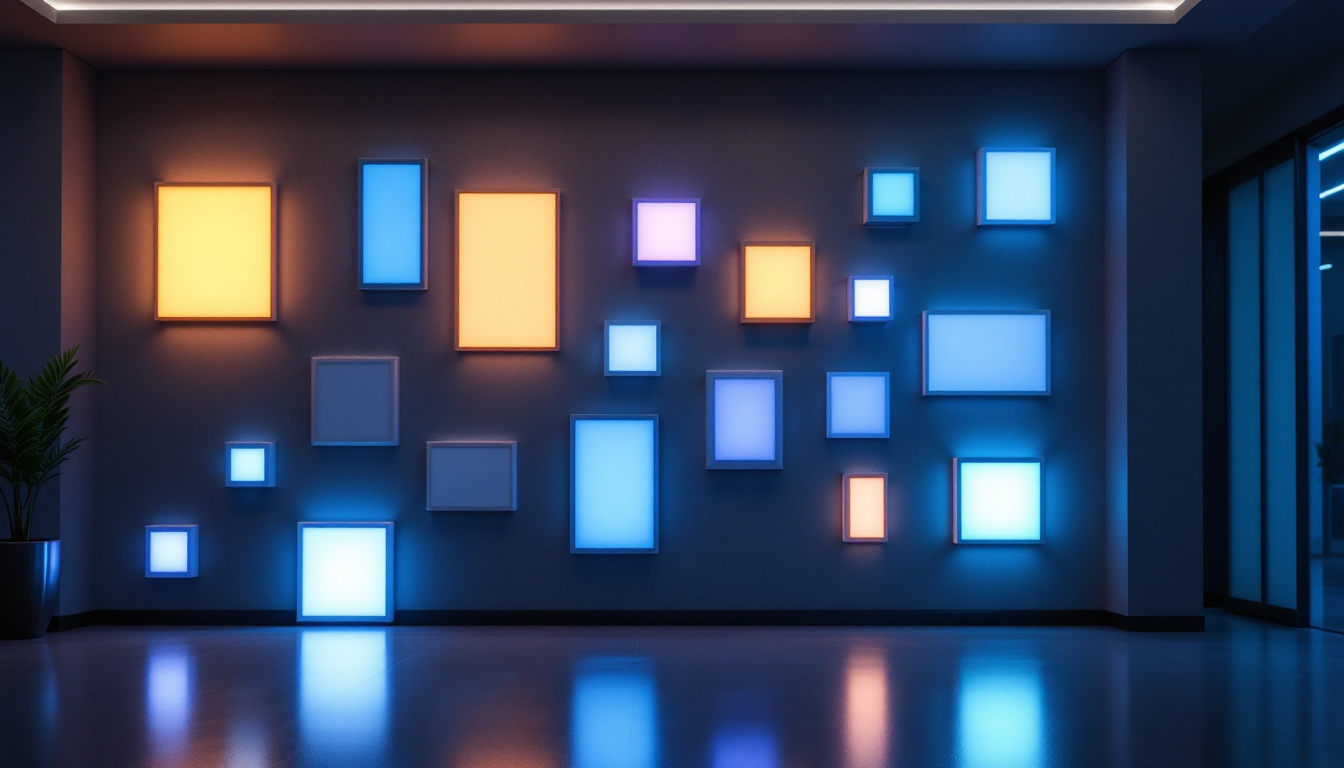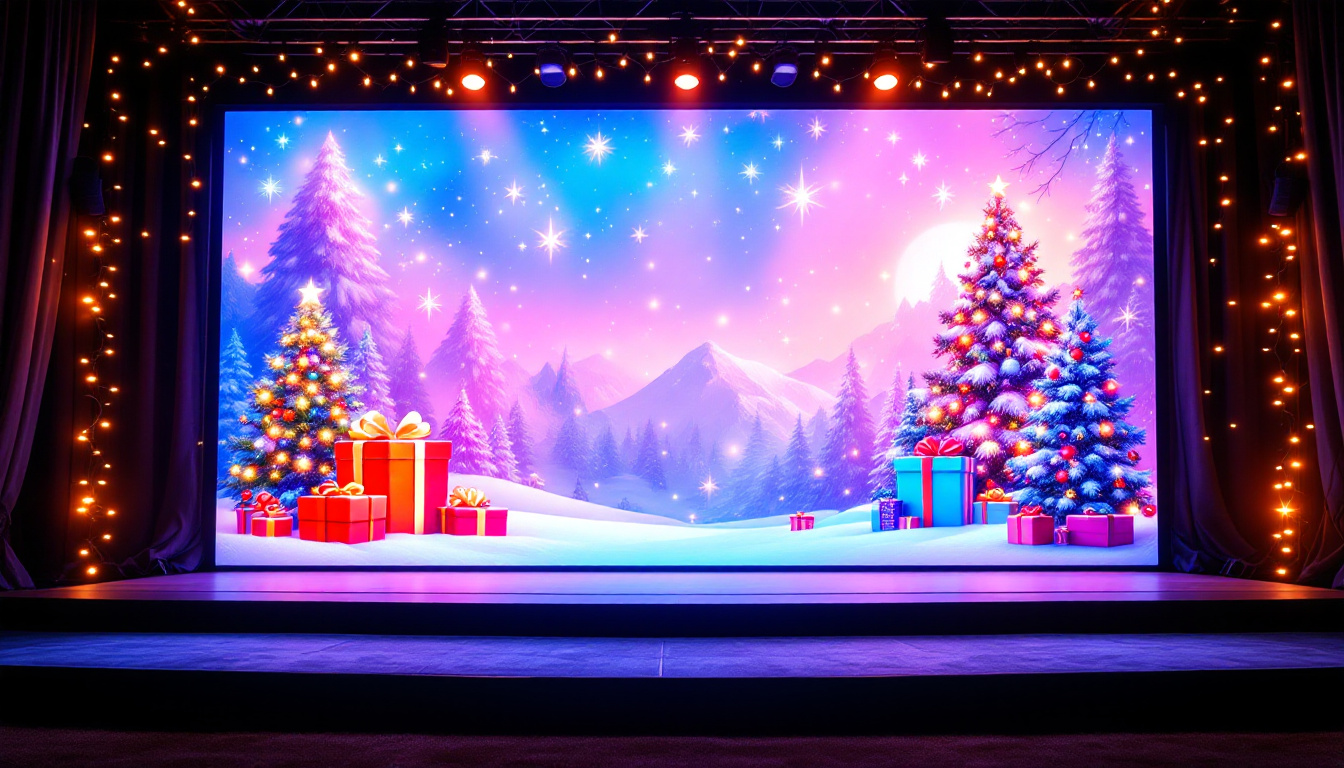In the ever-evolving world of lighting technology, LED displays have emerged as a revolutionary solution that combines efficiency, versatility, and aesthetic appeal. As a representative of Cal Lighting, understanding the intricacies of LED displays is essential for providing clients with the best options for their lighting needs. This article will delve into the various aspects of LED displays, including their technology, applications, and the benefits they offer.
Understanding LED Technology
Light Emitting Diodes (LEDs) are semiconductor devices that emit light when an electric current passes through them. Unlike traditional incandescent or fluorescent bulbs, LEDs are highly efficient and have a longer lifespan. This section explores the fundamental principles behind LED technology and how it has transformed the lighting industry.
The Science Behind LEDs
At the core of LED technology is the process of electroluminescence, where electrons recombine with holes in a semiconductor material, releasing energy in the form of photons. This phenomenon allows for the creation of light in a compact and energy-efficient manner. The materials used in LEDs, typically gallium arsenide or gallium phosphide, determine the color of the emitted light.
One of the most significant advantages of LEDs is their ability to produce a wide range of colors without the need for filters. By adjusting the composition of the semiconductor material, manufacturers can create LEDs that emit light across the visible spectrum, making them suitable for various applications.
Efficiency and Longevity
LEDs are renowned for their energy efficiency, consuming up to 80% less energy than traditional incandescent bulbs. This efficiency translates into lower electricity bills and reduced carbon footprints, making LEDs a sustainable choice for both residential and commercial spaces. Additionally, LEDs have a lifespan of up to 25,000 hours or more, significantly outlasting conventional lighting options.
The longevity of LEDs also means less frequent replacements, reducing maintenance costs and waste. This aspect is particularly beneficial for businesses that rely on consistent lighting for their operations, as it minimizes downtime and enhances productivity.
Applications of LED Displays
LED displays have found their way into a myriad of applications, from advertising to architectural lighting. Their versatility and adaptability make them suitable for various environments, including indoor and outdoor settings. This section highlights some of the most common applications of LED displays.
Advertising and Signage
One of the most prominent uses of LED displays is in advertising and signage. Digital billboards and electronic signs have become increasingly popular due to their eye-catching visuals and dynamic content capabilities. Businesses can easily update their advertisements in real-time, allowing for targeted marketing strategies that can adapt to changing consumer behaviors.
Moreover, LED displays can be programmed to showcase animations, videos, and interactive content, capturing the attention of passersby more effectively than traditional static signs. This capability not only enhances brand visibility but also engages customers in a more meaningful way.
Event and Stage Lighting
In the entertainment industry, LED displays are revolutionizing stage lighting and event production. From concerts to corporate events, LED screens provide vibrant visuals that enhance the overall experience for attendees. They can be used as backdrops, video walls, or even as part of the stage design, offering endless creative possibilities.
Additionally, the lightweight nature of LED panels allows for easy installation and setup, making them a preferred choice for event planners. Their ability to produce bright, high-quality images even in well-lit environments ensures that audiences remain captivated throughout the event.
Architectural and Ambient Lighting
LED displays are not limited to commercial applications; they are also making waves in architectural and ambient lighting. Designers and architects are increasingly incorporating LED technology into their projects to create stunning visual effects. From illuminating building facades to enhancing landscapes, LEDs provide flexibility in design that traditional lighting cannot match.
Furthermore, the ability to control the color and intensity of LED lights allows for the creation of mood-enhancing environments. This adaptability is particularly valuable in hospitality settings, where ambiance plays a crucial role in the overall guest experience.
Benefits of LED Displays
The advantages of LED displays extend beyond their applications. They offer a range of benefits that make them an attractive option for both consumers and businesses. This section outlines some of the key benefits associated with LED technology.
Cost-Effectiveness
While the initial investment in LED technology may be higher than traditional lighting options, the long-term savings are significant. The reduced energy consumption translates to lower utility bills, while the extended lifespan of LEDs means fewer replacements and maintenance costs. Over time, the cost-effectiveness of LED displays becomes increasingly apparent, making them a wise investment for businesses.
Environmental Impact
As sustainability becomes a priority for many organizations, LED displays offer an eco-friendly lighting solution. Their energy efficiency leads to a reduction in greenhouse gas emissions, contributing to a smaller carbon footprint. Additionally, LEDs do not contain harmful substances like mercury, which is found in some traditional lighting options, making them safer for the environment.
Moreover, the longevity of LED technology means less waste is generated from discarded bulbs, further enhancing their environmental benefits. By choosing LED displays, businesses can demonstrate their commitment to sustainability and attract environmentally conscious consumers.
Enhanced Visual Quality
LED displays are known for their superior visual quality, providing bright, vivid colors and sharp images. This quality is particularly important in applications such as advertising and event production, where capturing attention is paramount. The high contrast ratios and wide viewing angles of LED displays ensure that visuals remain clear and engaging from various perspectives.
Furthermore, advancements in LED technology have led to improvements in color accuracy and brightness control, allowing for a more immersive viewing experience. This enhanced visual quality not only benefits businesses but also elevates the overall experience for consumers.
Choosing the Right LED Display
With a variety of LED display options available on the market, selecting the right one can be a daunting task. Factors such as size, resolution, and application must be considered to ensure that the chosen display meets specific needs. This section provides guidance on how to choose the ideal LED display.
Determining the Purpose
Before making a purchase, it is crucial to determine the primary purpose of the LED display. Will it be used for advertising, event production, or architectural lighting? Understanding the intended application will help narrow down the options and ensure that the display meets the necessary requirements.
For instance, a high-resolution display may be essential for close-up viewing in a retail environment, while a lower resolution may suffice for large outdoor billboards viewed from a distance. Clearly defining the purpose will streamline the selection process and lead to a more satisfactory outcome.
Assessing Size and Resolution
The size and resolution of an LED display play a significant role in its effectiveness. Larger displays are ideal for outdoor advertising or large venues, while smaller displays may be more suitable for indoor use. Additionally, resolution is critical for ensuring image clarity and detail.
When assessing resolution, consider the pixel pitch, which refers to the distance between individual pixels. A smaller pixel pitch results in higher resolution and sharper images, making it ideal for applications where viewers will be close to the display. Conversely, a larger pixel pitch may be acceptable for displays viewed from a distance.
Budget Considerations
Budget is often a determining factor when selecting an LED display. While it is essential to invest in quality technology, it is equally important to find a solution that fits within financial constraints. Researching different brands and models can help identify options that offer the best balance of quality and affordability.
Additionally, consider the long-term savings associated with energy efficiency and reduced maintenance costs. A higher initial investment in a quality LED display may lead to significant savings over time, making it a more economical choice in the long run.
Future Trends in LED Display Technology
The LED display industry is constantly evolving, with new technologies and innovations emerging regularly. Staying informed about these trends is essential for making informed decisions and providing clients with the best options. This section explores some of the anticipated future trends in LED display technology.
Advancements in Flexibility and Design
As technology continues to progress, the flexibility and design of LED displays are expected to improve significantly. Manufacturers are exploring new materials and techniques that allow for thinner, lighter, and more adaptable displays. This flexibility will enable designers to create unique installations that were previously unimaginable.
For instance, flexible LED screens that can bend and shape around surfaces are already being developed, allowing for innovative architectural designs. This trend will likely expand the creative possibilities for both commercial and residential applications.
Integration with Smart Technology
The integration of LED displays with smart technology is another trend on the horizon. As the Internet of Things (IoT) continues to gain traction, LED displays will increasingly be connected to smart systems that allow for real-time monitoring and control. This connectivity will enable businesses to optimize their lighting solutions based on data analytics, enhancing efficiency and performance.
Moreover, the ability to integrate LED displays with mobile applications and other smart devices will provide users with greater control over their lighting environments, allowing for personalized experiences that cater to individual preferences.
Increased Focus on Sustainability
As environmental concerns continue to rise, the LED display industry is expected to place a greater emphasis on sustainability. Manufacturers will likely prioritize eco-friendly materials and production processes, ensuring that LED displays are not only energy-efficient but also environmentally responsible.
This shift towards sustainability will resonate with consumers, who are increasingly seeking products that align with their values. As a result, businesses that adopt sustainable practices in their LED display solutions may find themselves at a competitive advantage in the marketplace.
Conclusion
LED displays have transformed the lighting industry, offering a range of benefits that make them a preferred choice for various applications. From their energy efficiency and longevity to their versatility and superior visual quality, LEDs are paving the way for a more sustainable and innovative future in lighting technology.
As a representative of Cal Lighting, understanding the intricacies of LED displays is crucial for guiding clients in their lighting decisions. By staying informed about the latest trends and advancements in LED technology, businesses can harness the power of LEDs to enhance their operations and create captivating environments for their customers.
In a world where lighting plays a significant role in aesthetics and functionality, LED displays stand out as a beacon of innovation, promising to illuminate the path forward for years to come.
Illuminate Your Space with LumenMatrix
Ready to elevate your lighting solutions and captivate your audience with unparalleled visual experiences? Look no further than LumenMatrix, a leader in LED display innovation. From vibrant Indoor and Outdoor LED Wall Displays to dynamic Vehicle and Sports LED Displays, our extensive range of products, including LED Posters, Floor Displays, Custom Solutions, All-in-One, and Transparent Displays, is designed to revolutionize visual communication. Embrace the future of lighting technology and check out LumenMatrix LED Display Solutions today to transform your space and make a lasting impression.

